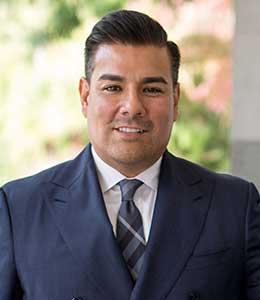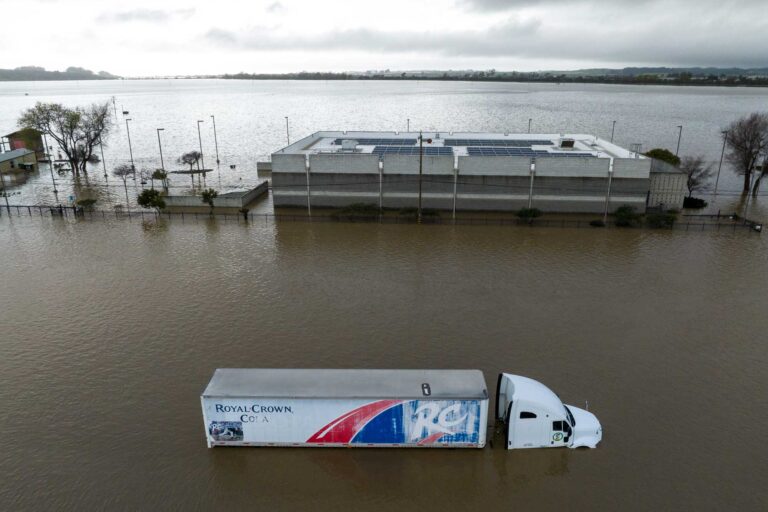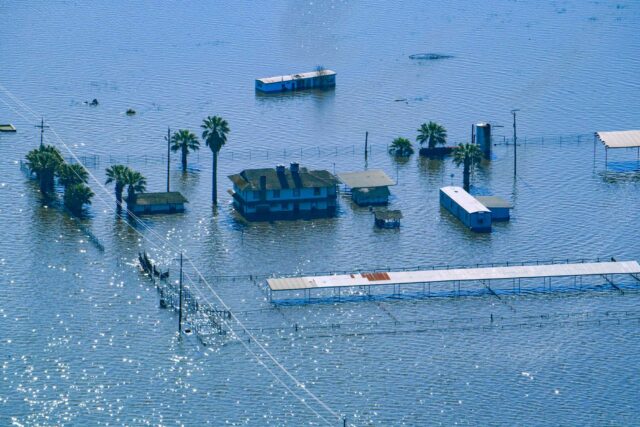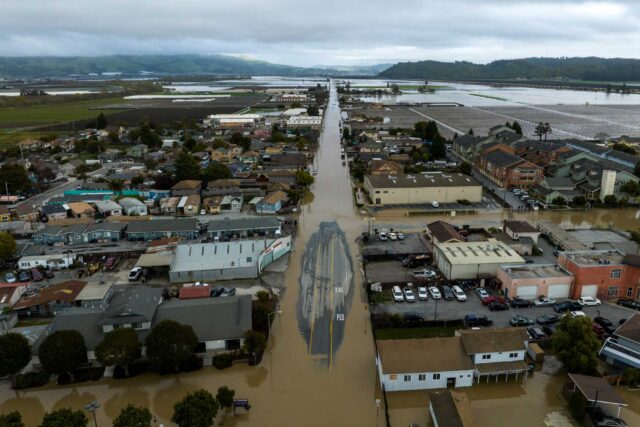As California contends with floods this year, PPIC Water Policy Center director Ellen Hanak spoke with Insurance Commissioner Ricardo Lara about how to better protect the state’s residents from flood risk, which is growing in our changing climate.
How many people are insured for floods in California?
There are two important things to know about the flood insurance landscape in California. First, Californians have an insurance protection gap: only 2% of Californians have flood insurance. The vast majority don’t have it, even though flooding is expensive and common. Second, we have a knowledge gap: most people don’t know that home insurance doesn’t cover floods, or that much of the state is at risk of flooding. Every county in California has experienced a flood emergency in the last 20 years, and 40% of flood claims come from policyholders outside of the highest-risk flood zones.
What role could your office play in boosting flood insurance coverage?
Flood insurance comes through the National Flood Insurance Program (NFIP), which is run by FEMA. As the commissioner overseeing the largest insurance market and property and casualty market, it’s important for my office to communicate the risk and the importance of getting covered. Without insurance coverage, costs are going to fall hardest on people of color and low-income people—and on the government.
But beyond encouraging people to buy flood insurance, we are also working on ways to expand the types of coverage available. How do we diversify risk? How do we give everyone an opportunity to recover? And how do we help those disproportionately impacted by urban planning strategies that put marginalized communities of color at risk? Climate change is hurting those who have the least ability to recover. We’re trying to sound the alarm and help local governments shift their thinking about insurance to help the most vulnerable people.
What policies are you looking at?
Our approach is multipronged. Our climate insurance working group published recommendations in 2021 that were very clear: use nature as the first and best line of defense—use wetlands to absorb floods, and urban tree canopies to cool cities. We know that this type of mitigation is very costly, however.
We also need to help local governments so they don’t bear the total cost of floods. For me, the answer is insurance. It’s not a product that we would sell to individuals, but rather to communities. Interest is growing in what’s known as “parametric” insurance products, i.e., a non-traditional insurance product that offers pre-specified payouts based upon a trigger event like a flood. We’d work in conjunction with local governments to provide a basic level of coverage for everyone. We don’t want to supplant the traditional insurance market, because we do want people to buy flood insurance. That’s the best coverage.
We have been working with the legislature on a bill that would provide the seed funding for this effort. With this parametric insurance, we’d incentivize a local government to work on mitigation activities that reduce flood risk in order to get coverage. We’re trying to create a win-win for the community.
Would there be an initial infusion of cash from the state to do this?
Ideally, yes. Similar products—such as one in Quintana Roo, Mexico around coastal flooding—have been heavily subsidized. We want to see how financially sound we can make these and whether we can scale them up once we get it right.
The place to innovate is in California. We believe in restoring natural ecosystems that are critical to defending us from climate change. That’s an appropriate investment for Californians.
What are the folks at FEMA thinking? Is this thinking percolating there?
We feel that our program can be complementary to what FEMA’s working on. We support updates to the NFIP and modernizations to that program. If we can get these pilots going, they will help California and might be a fit in other parts of the country, too.
What lessons do you take from the winter storms and flooding we’re witnessing this year?
Insurance will play a key role in building our resilience to flooding. It can help reduce economic shocks from a flood disaster; people with insurance can recover faster and more fully. This has community-wide consequences.
Our department has a new vision for climate insurance that involves helping people prepare in advance and protecting the entire community, rather than just individuals. These innovative strategies can bolster our climate disaster response at a community level like never before. We need to catalyze creative new insurance products and expand private-public partnership opportunities.
We are collaborating with experts, environmental groups, universities, community-based organizations, local governments, tribal leaders, and insurance companies to develop innovative approaches to insurance that will hopefully increase uptake and improve resilience to climate change at a community-wide scale. We’re excited about this work, and we’re looking forward to successfully implementing these pilot projects as we continue to fight climate change and adapt to our changing environment.






